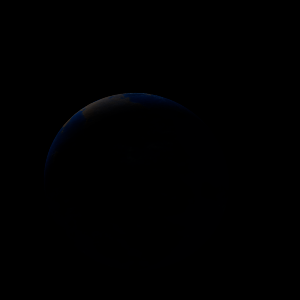|
|
Space Astro
|
Info for exoplanet "Theus Ge"
| Scientific (actual) data |
|---|
| Name | KIC 6372194 b |
| Planet status | Confirmed |
| Radius | 0.74 |
| Orbital period | 281.585 |
| Semi major axis | 0.78 |
| Orbit eccentricity | 0.65 |
| Inclination | 89.69 |
| Discovered | 2013 |
| Updated | 2014-05-28 |
| Omega | 360 |
| Temperature (kelvin) | 228 |
| Publication | Published in a refereed paper |
| Detection type | Primary Transit |
| Star name | KIC 6372194 |
| Right ascension | 294.34° |
| Declination | 41.75° |
| Mag v | 16.3 |
| Star metallicity | -0.37 |
| Star mass | 0.8 |
| Star radius | 0.75 |
| Star temperature | 5233 |
| Wikipedia article | KIC 6372194 b |
Back
| |
| Fictional info (?) |
|---|
| Suggested name | Theus Ge |
| Planet type | Cold planet |
| . |
| Atmosphere | Formaldehyde | 30% |
| Hydrogen | 28% |
| Hydrogen peroxide | 14% |
| Ammonium hydrosulfide (NH4SH) | 12% |
| Carbon monoxide | 9.7% |
| Hydrogen deuteride (HD) | 5.5% |
| Helium | 1.1% |
| Atmospheric pressure | 0.5 bar |
 |
| No known satellites |
| Google search for Theus ge |
|
Website by Joachim Michaelis
|
|
|
|